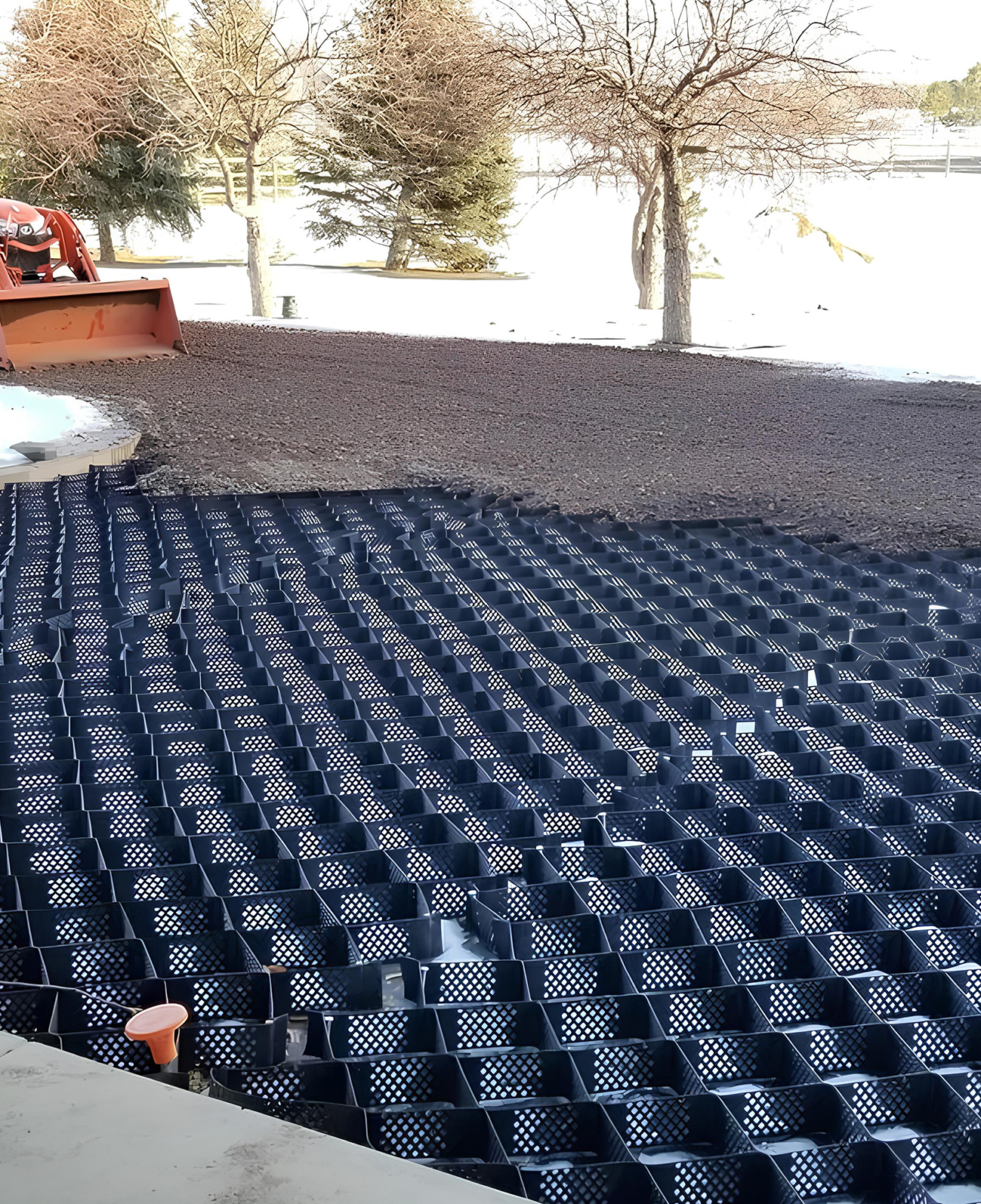
Comparing Barrier Bags to Traditional Erosion Control Methods
When it comes to erosion control, traditional methods like sandbags, geotextile bags, and concrete blocks have been industry staples for decades. However, the advent of Barrier Bags has introduced a sustainable, efficient, and versatile alternative that is quickly becoming the preferred choice for engineers and environmentalists. Here’s how Barrier Bags compare to traditional erosion control methods across key factors.
- Environmental Impact
- Barrier Bags: Barrier Bags are designed with eco-friendly materials that support vegetation growth and minimize carbon footprints. They create a natural environment for plant and wildlife, blending seamlessly into landscapes.
- Traditional Methods: Options like concrete blocks and geotextile bags often disrupt local ecosystems and require significant resources to produce, leaving a larger environmental footprint.
Winner: Barrier Bags, for their low-impact, eco-conscious design. - Durability and Longevity
- Barrier Bags: Engineered for strength, Barrier Bags provide erosion protection even before vegetation establishes itself. They offer long-term stability for slopes, walls, and shorelines.
- Traditional Methods: Sandbags and geotextile bags degrade over time, especially under harsh environmental conditions, leading to frequent replacements and increased costs.
Winner: Barrier Bags, for their durability and long-lasting performance. - Installation Efficiency
- Barrier Bags: With their modular design, Barrier Bags are quick to fill, transport, and install, saving both time and labor. They adapt easily to uneven terrains, reducing excavation and leveling requirements.
- Traditional Methods: Concrete blocks and other traditional methods require heavy machinery and precise placement, making installation labor-intensive and time-consuming.
Winner: Barrier Bags, for their faster and more flexible installation process. - Versatility Across Applications
- Barrier Bags: From vegetated slopes and retaining walls to waterway protection, Barrier Bags are adaptable to various terrains and project needs, including eco-sensitive areas.
- Traditional Methods: While effective in certain scenarios, traditional methods lack the flexibility to adapt to unique or challenging environments.
Winner: Barrier Bags, for their adaptability and wide range of applications.
Why Choose Barrier Bags?
- Eco-Friendly: Promotes vegetation growth and minimizes environmental disruption.
- Cost-Effective: Reduces labor and equipment costs.
- Durable: Offers long-term erosion protection.
- Versatile: Suitable for diverse terrains and applications.
Conclusion
Barrier Bags are redefining the standards of erosion control by providing an eco-friendly, durable, and versatile alternative to traditional methods. Their efficiency and sustainability make them the preferred choice for modern infrastructure and environmental protection projects.Contact us today to learn how Barrier Bags can outperform traditional erosion control methods in your next project!

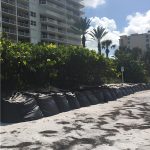

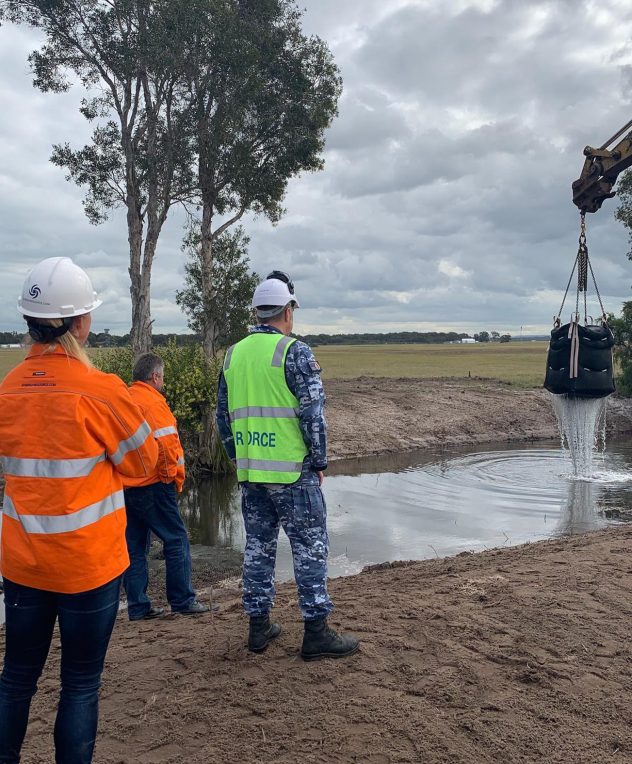
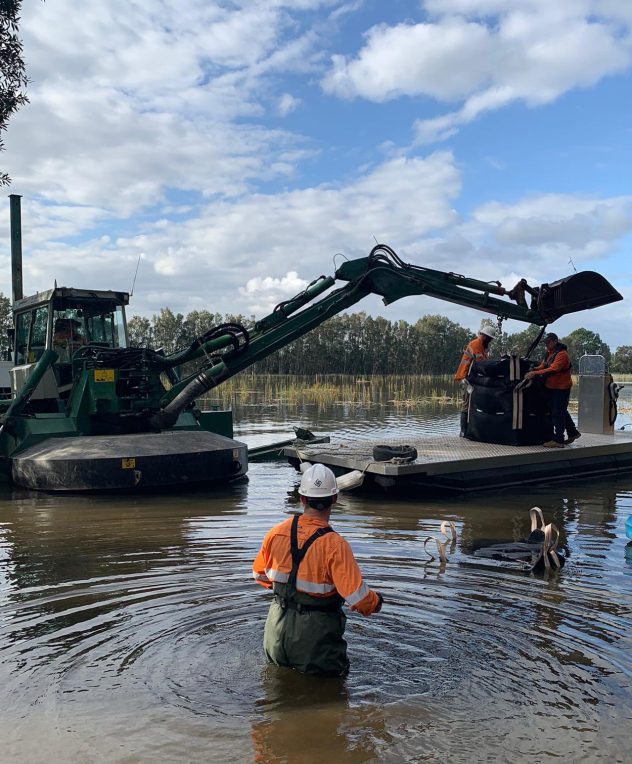
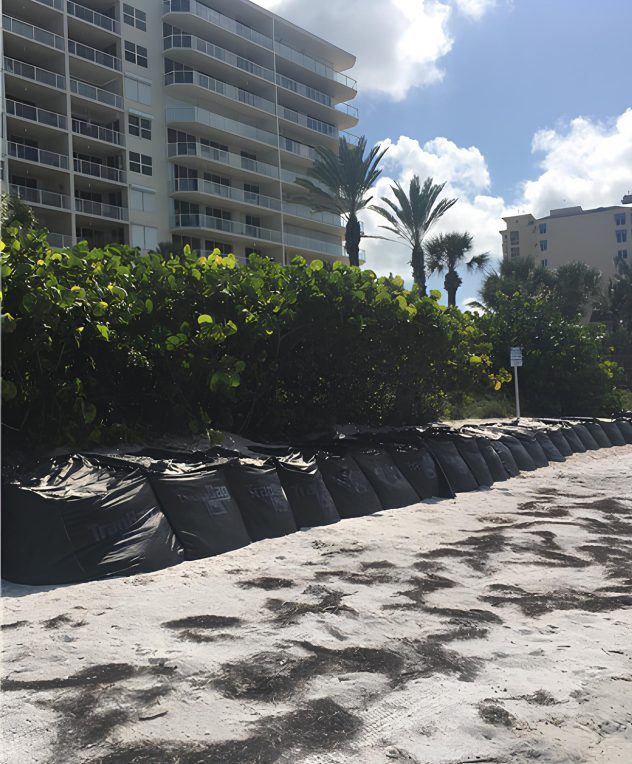
Leave a Reply